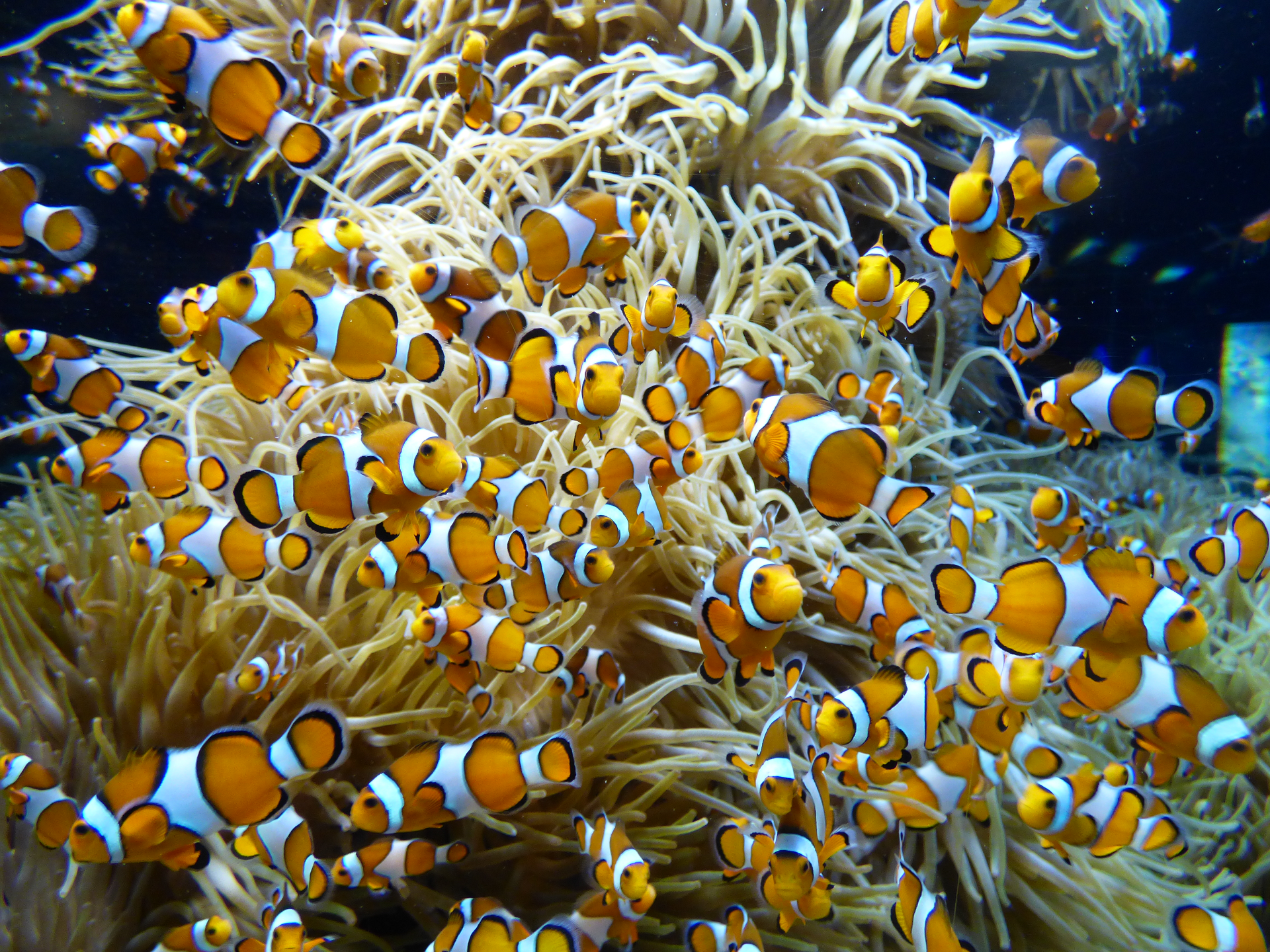Publication Abstract
- Title
-
Riverine barriers as a driver of elevated mortality rates in an iteroparous anadromous fish
- Publication Abstract
-
Anadromous fishes are vulnerable to anthropogenic stressors, especially river fragmentation. The conservation of iteroparous populations requires understanding of adult survival during their freshwater migrations. Here, spatial, temporal and biological drivers of mortality were determined during the spawning migrations of iteroparous anadromous twaite shad Alosa fallax (“shad”) in the highly fragmented River Severn basin, western Britain. Acoustic telemetry tracked 393 individuals for up to three consecutive migrations between 2018 and 2024. Shad mortality rates were disproportionately high in areas immediately downstream of weirs versus continuous river sections, but the extent of excess mortality varied between weirs. Daily mortality rates increased with time in freshwater for shad in their tagging year, but not in return years. Newly tagged fish did not experience reduced survival versus returning fish, and length but not sex and spawning history predicted mortality. These results suggest that where river barriers decrease the survival of iteroparous adults, the population-stabilizing and resilience benefits delivered by iteroparity may be reduced, indicating that barrier mitigation measures need to focus on both improving passage and reducing hazard exposure.
- Publication Authors
-
O. Jonas Palder, J. Robert Britton, Mark I. A. Yeldham*, Peter Davies, Jamie R. Dodd, Andrew D. Nunn, Charles Crundwell, Emma Washburn, Christopher Grzesiok, Randolph Velterop and Jonathan D. Bolland
- Publication Reference
-
Canadian Journal of Fisheries and Aquatic Science
- Publication Internet Address of the Data
- Publication Date
- Publication DOI: https://doi.org/
- Publication Citation


